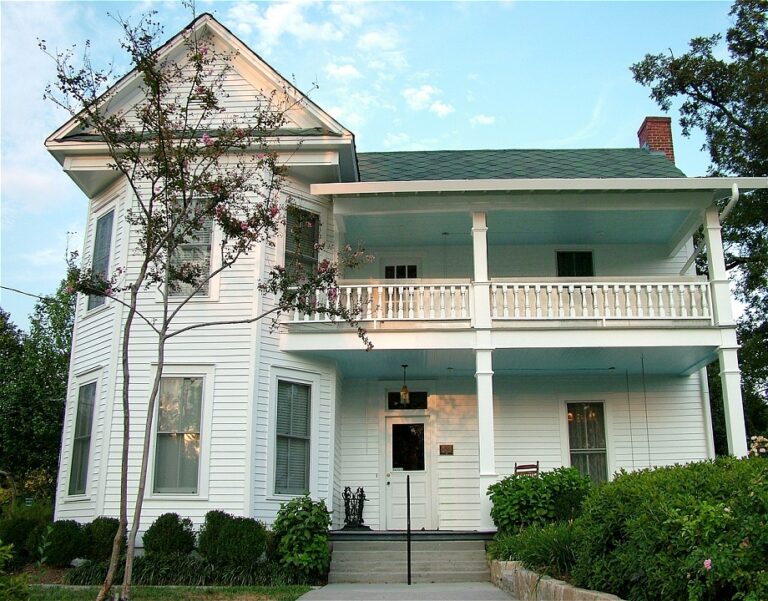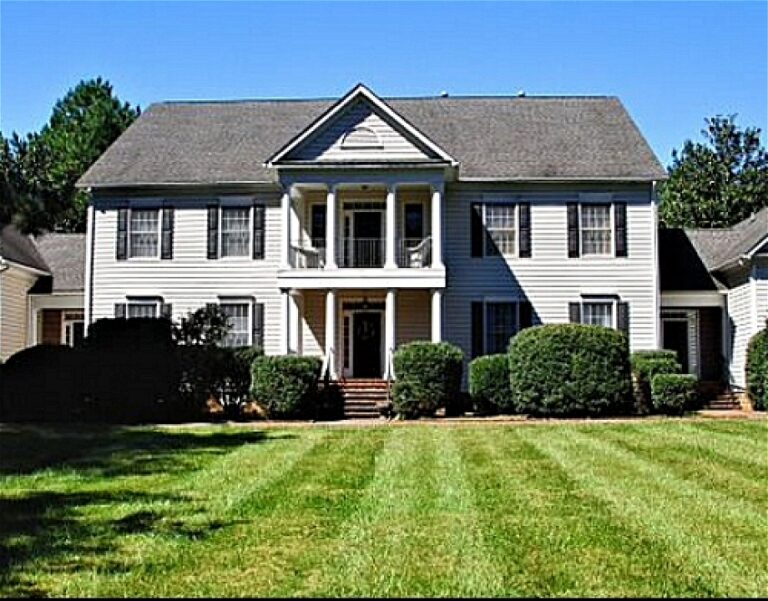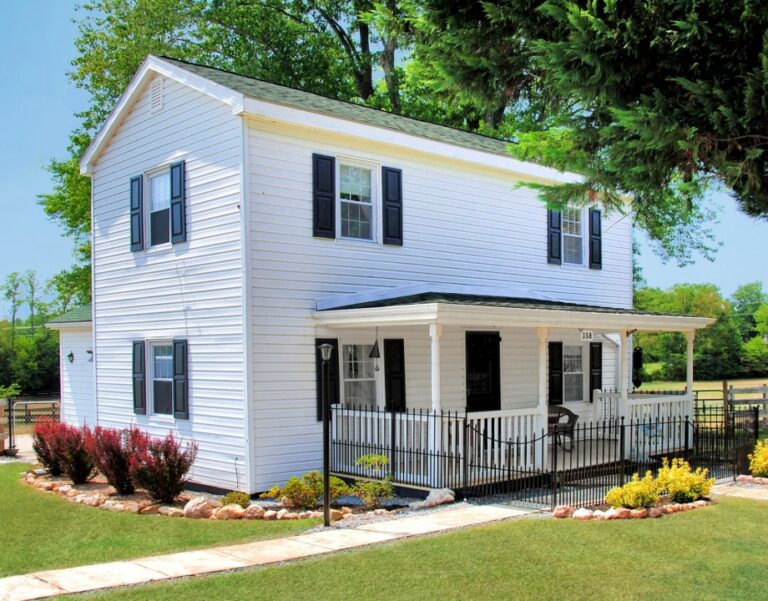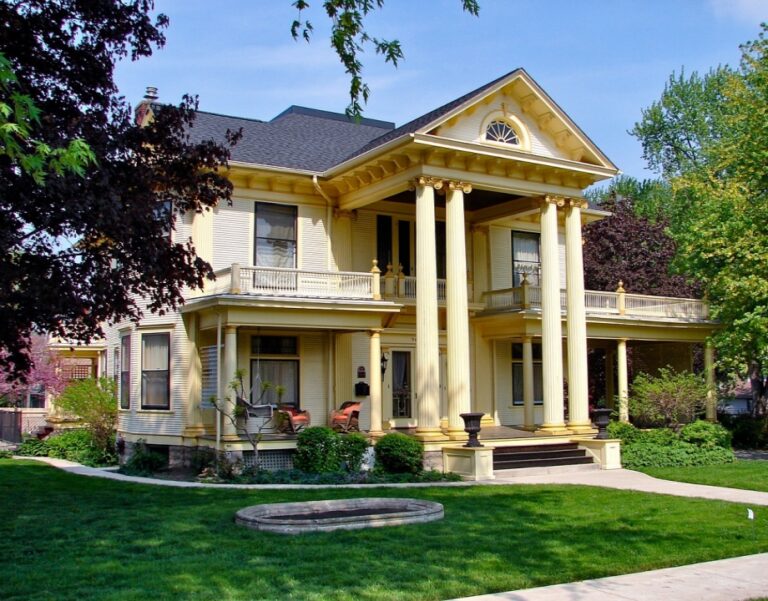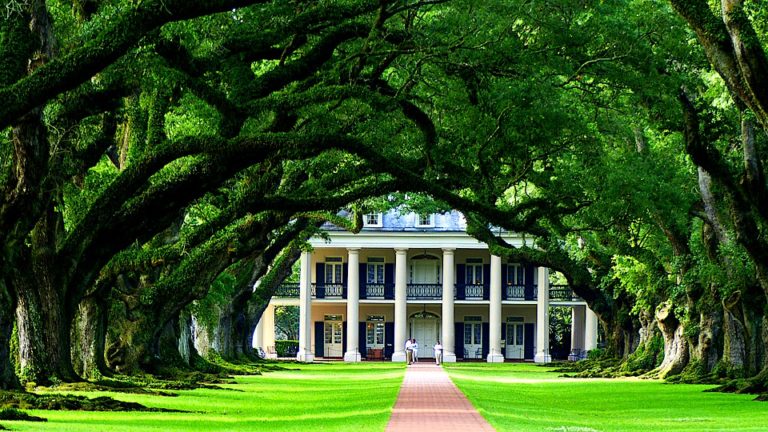Virginia Historic Homes for Sale (1700 – 1750)
Homes built between 1700 and 1750 that are historically significant can be found primarily in Virginia’s central, northern, and eastern segments and areas along the southern borders of Maryland and Washington DC. These homes are typically located in the country outside flourishing, dynamic, and lush communities in Virginia, complementing the home’s cultural atmosphere. Residences from this time all around the state are regarded as significant historical icons, having witnessed the founding of a nation, the War of 1812, and several other crucial historical turning points. The estate holdings in Virginia include painstakingly renovated residences, picturesque river cottages, barns, log cabins, guesthouses, a farm manager’s house, a caretaker’s cottage, stables, and sometimes a residence waiting for your restoration. These estates have witnessed almost 350 years of history and architectural significance that define exceptional properties in the state. Prospective buyers have a diverse range of design options, including Farmhouse, Colonial, and even original log cabins. If you are interested in learning more about the historic homes for sale in Virginia currently on the market, please do not hesitate to contact me anytime.
HOMES WITH BUSINESS OPPORTUNITIES: Since large lot sizes distinguish many of the homes developed between 1700 and 1750, prospective purchasers may be able to capitalize on the properties’ business potential. Restaurants, agritourism, rural corporate retreats, country inns, commercial wineries, little breweries, bed and breakfast inns, and wedding venues are excellent investment opportunities buyers can consider for the right property.
EQUESTRIAN FACILITIES: Equestrian facilities are included in many estate homes, including outbuildings such as barns, stables, guest/carriage houses, and storage sheds, making them ideal for raising prizes horse breeds and cattle.
EXCELLENT CONSTRUCTION: In addition to superb characteristics and period architectural components, residential dwellings have an overall attractiveness enhanced by their placement in a desirable location. Extensive interior features include large fireplaces, a grand staircase that serves as a focal point for the entrance to the exquisite estate mansions, high ceilings, arches, and carved woodwork throughout the homes. Exterior elements are mainly characterized by covered porches, terraces, patios, wooded mountain trails for horses, fenced fields, pastoral views, and gardens that provide a picturesque residence setting.
5 Real Estate Facts about Virginia Historic Homes (1700 – 1750)
- Modest Single-Family Residences and expansive estate properties were typical homes built from 1700 to 1750. Buyers get a diverse selection of home options when considering a historic home purchase in Virginia.
- The properties typically range between prices starting at $285,000 for modest single-family homes and as high as $15,485,000. The latter price level is generally reserved for luxurious estate mansions with exceptional interior and exterior character.
- Property owners can choose from various architectural styles, including Farmhouse, Colonial, and Traditional layout emphasizing noteworthy home models that have been constructed during the period. Often the home will have an older core that has been added on over the years. Many homes from this time frame will be simpler and more rustic in nature, incorporating stone foundations, log walls, and large stone fireplaces.
- The majority of the properties are on expansive lots ranging in size from 10 acres to as large as 400 acres, with interior living spaces ranging from 1,600 sqft to 20,800 sqft. These large single-family residences and estate dwellings are ideal for modifying or adding upgrades to the property to make it more in line with your tastes and preferences, or you may prefer a careful restoration with attention to the historical detail and original materials.
- The majority of homes are outfitted with elegant fireplaces, beamed and cathedral ceilings, and original heart-pine floors. Additionally, properties feature two to 16 bedrooms and one to 21 bathrooms, making them suitable for entertaining or even a country inn.
Virginia Historic Homes for Sale (1700 – 1750)

Ready to take the next step?
It’s my good fortune to grow up in this beautiful region that has deep roots in American history. From an early age I’ve explored the gorgeous countryside of Central Virginia, often on the back of a horse. As a proud owner of a historic home, I’m particularly familiar with the quirks and charms of the older properties in our area. My experience with historic properties makes me especially qualified to assist you with the purchase or sale of one of these unique properties.
Things to do in Virginia Historic Homes (1700 – 1750)
Wilton House Museum
Richmond, Virginia, is home to a museum housed in a historic mansion. It is believed that Wilton was built around 1753 by William Randolph III, the son of William Randolph II and a resident of Turkey Island.
Deep Bottom Park
The park runs along the eastern edge of the James River. It has picnic and fishing facilities and offers boat ramps available twenty-four hours a day to launch and retrieve boats.
Ironbridge Sports Park
A sporty location available all year round featuring mini-golf, batting cages, a driving range, an on-site café, and turfed baseball fields adjacent to the baseball academy.
SwimRVA
A world-class facility in Virginia that aims to serve as a regional catalyst for water safety, overall fitness, regional tourist activities, and competitive swimming in the state.
Chesterfield County Museum
It recreates the 1750 Courthouse and exhibits Native American culture, early English colonies, the Revolutionary and Civil Wars, and the earliest iron and coal mines in North America.
Dutch Gap Conservation Area
The term "Dutch Gap" refers to Sir Thomas Dale's attempt in 1611 to shorten river travel by cutting a new channel around this meander. The 800-plus-acre Dutch Gap Conservation Area, which overlooks the James River, is home to many trees, wildlife, and streams.
R. Garland Dodd Park At Point Of Rocks
Soccer, baseball, other sports fields, and walking routes, a playground, and picnic spaces are all available in the area.
Anchor Point Marina
A lovely site for kayaking and fishing, complete with delicious food and vibrant music.


